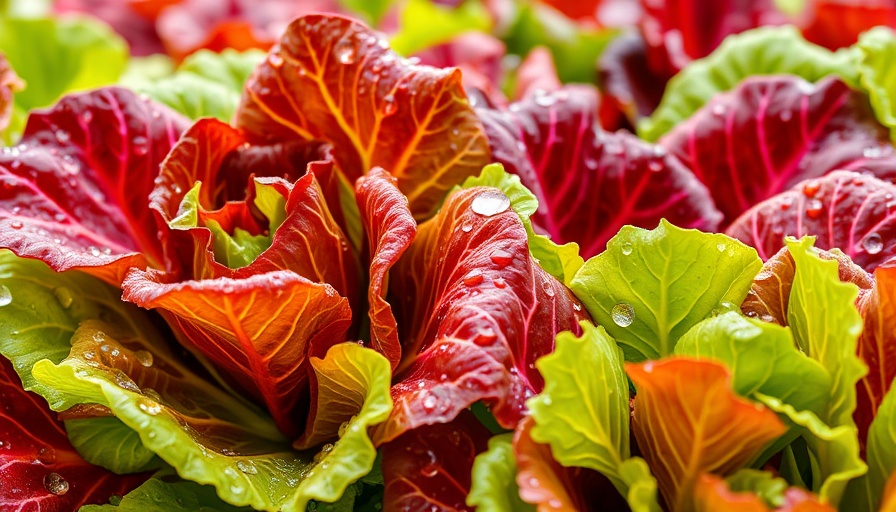
Is Rainwater the Key to Thriving Gardens?
Many gardeners have long believed that rainwater provides a unique advantage for their plants, and scientific evidence lends credence to this assertion. While tap and well water have their roles, the benefits of rainwater can significantly enhance plant health and soil quality.
1. The pH Advantage of Rainwater
One of the most notable benefits of rainwater is its slightly acidic pH, typically around 5.6. This characteristic is primarily due to the dissolved carbon dioxide in the atmosphere. Most plants prefer a slightly acidic environment, and rainwater naturally provides this optimal condition, promoting better nutrient absorption and plant growth. In contrast, well and municipal water sources often have a higher pH, which can hinder certain plants' ability to thrive.
2. Nutrient-Rich Rainwater
When it rains, nitrogen from the atmosphere—specifically nitrates created by lightning—gets incorporated into the precipitation. This natural nitrogen source is a major macronutrient essential for healthy plant growth. Using rainwater allows gardens to access this plant-friendly nitrogen without the need for costly fertilizers, simplifying garden maintenance and improving overall health.
3. Free from Additives
Another significant aspect is that rainwater is devoid of harmful additives often found in treated water, such as chlorine and fluoride. These chemicals can accumulate in soil and negatively impact plant development over time. Pure rainwater—untouched by potential contaminants—ensures that your plants receive unadulterated hydration, encouraging a robust growing environment.
Implementing a Rainwater Harvesting System
For those looking to maximize these advantages, creating a rainwater collection system can be a transformative idea. While not all water collected from roofs may be suitable for edible gardens due to potential contaminants, using a basic filtration system can enhance quality and safety. Opting for rain that directly falls into collection barrels, away from roof runoff, ensures a fresher supply for ornamental plants, which can thrive significantly under such nurturing conditions.
In conclusion, rainwater holds several key benefits for gardens, making it a superior choice for maintaining healthy plants. Its natural qualities cater to plants’ needs better than traditional water sources. Embracing rainwater can not only enhance your garden but also contribute to sustainable gardening practices. Think about integrating a rain collection system for your next gardening venture to harness nature’s best offering!
 Add Row
Add Row  Add
Add 




Write A Comment